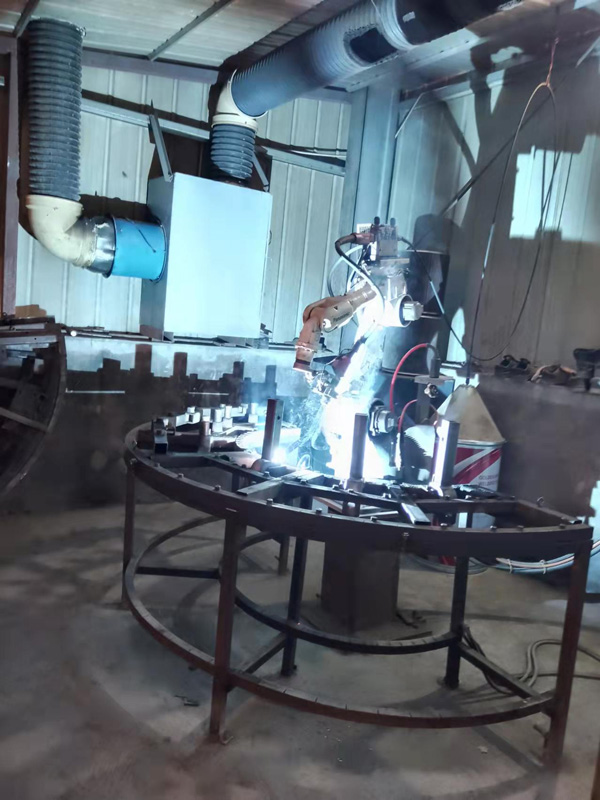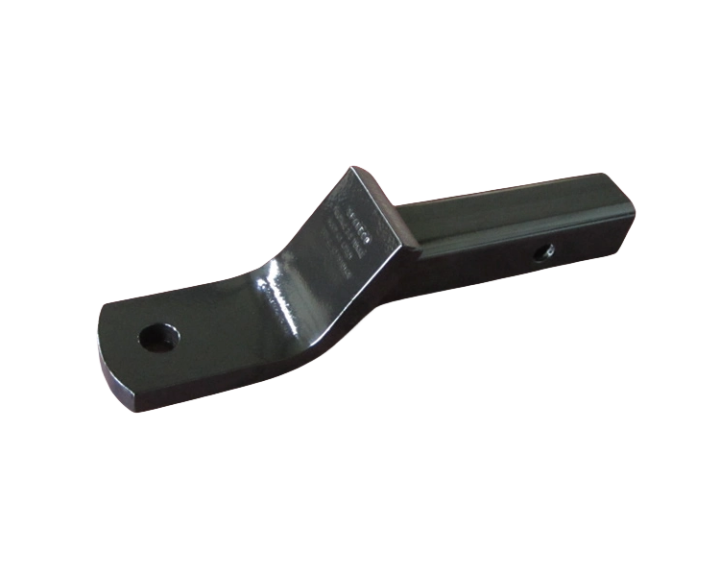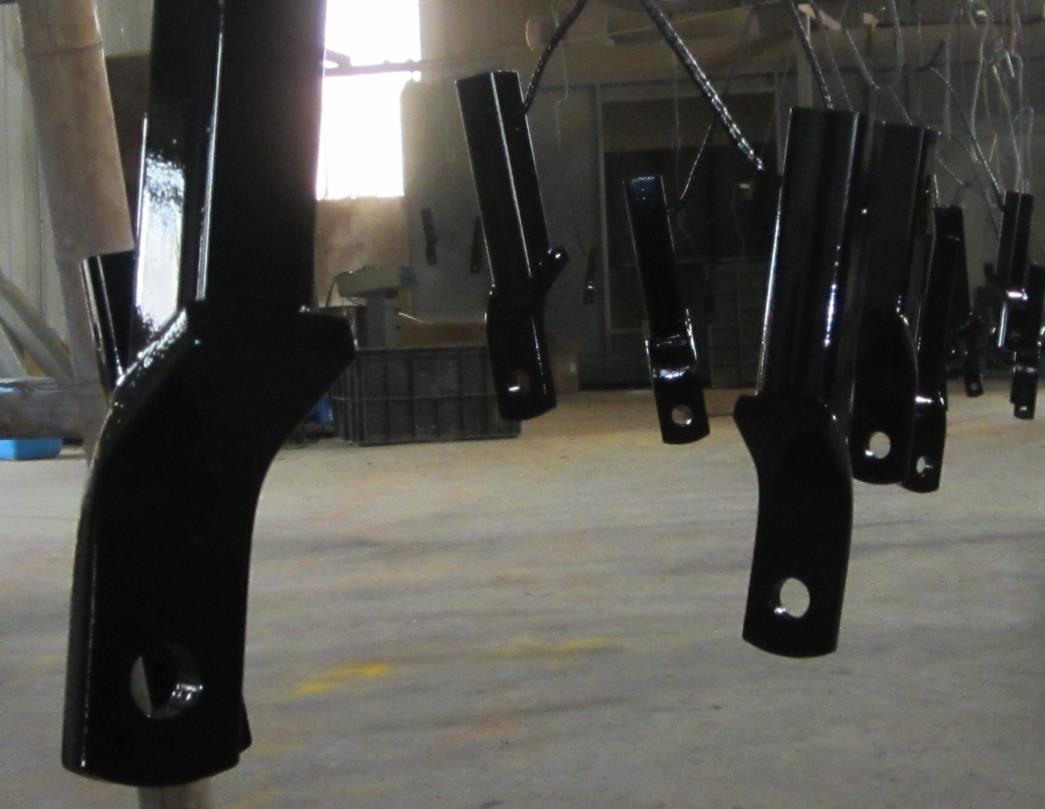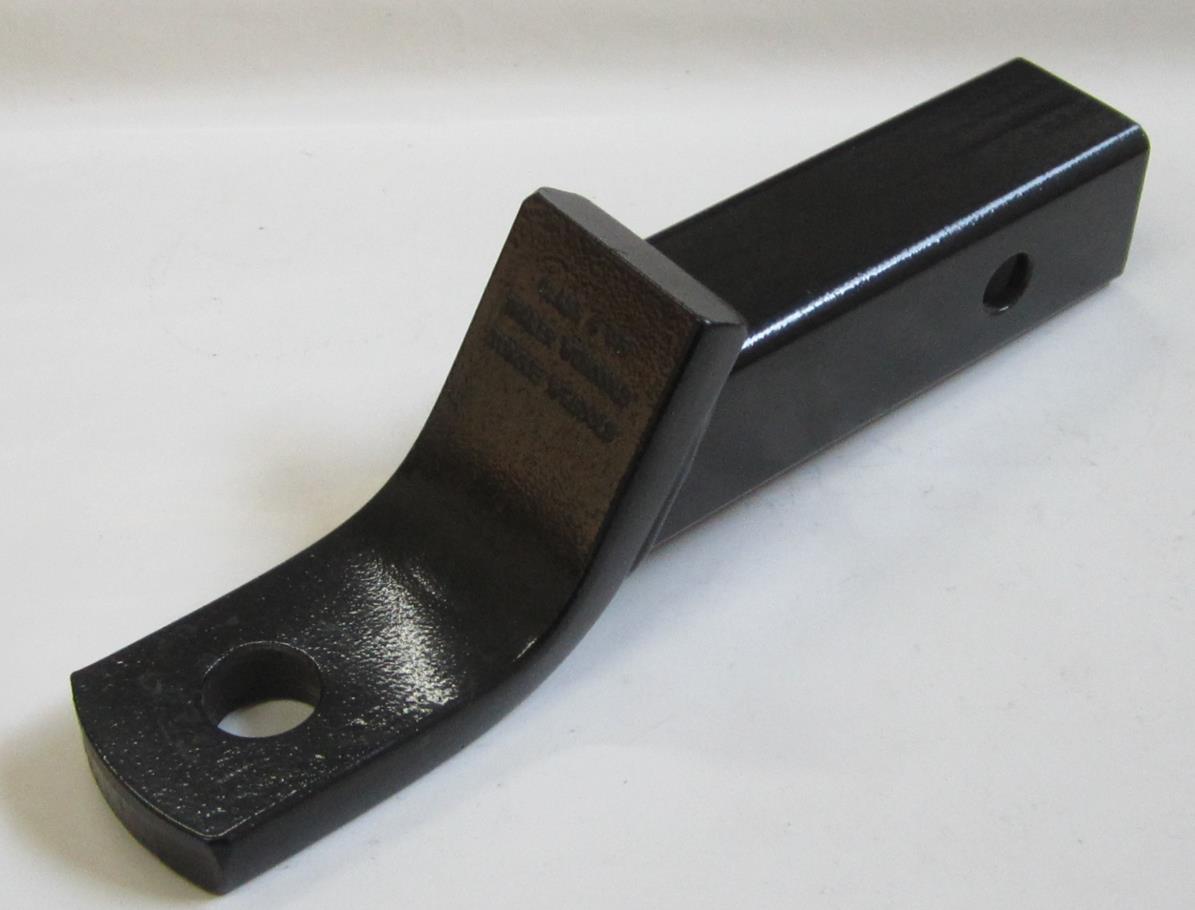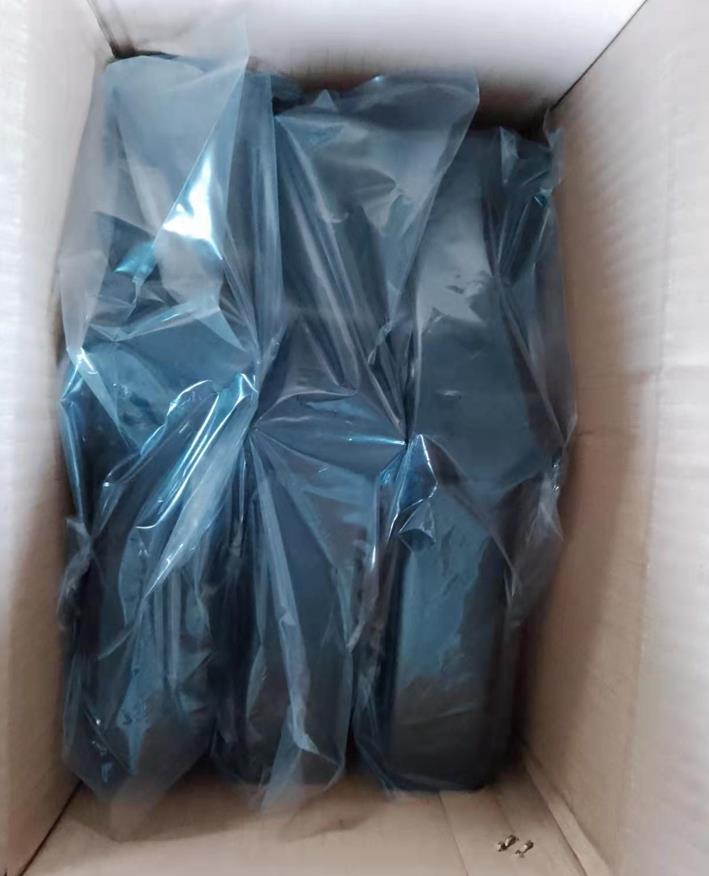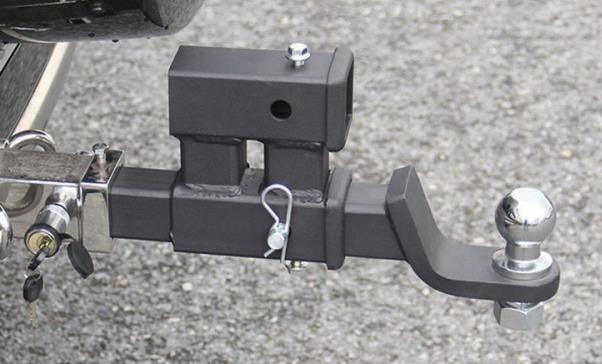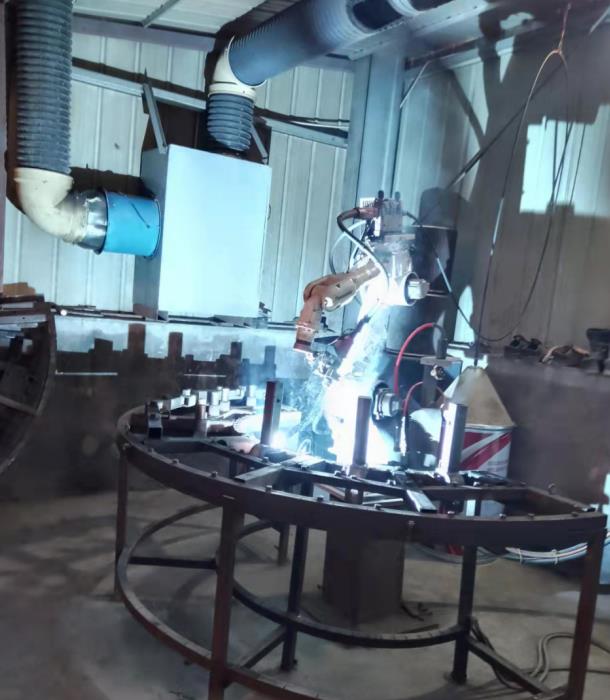2inch Drop Rise Tow Bar Hitch
tow bar Hitch Advantages
Here are some advantages of using a Tow Bar Hitch:
Versatility: The tow bar hitch is versatile in that it can be used to tow different types of vehicles, including cars, RVs, trailers, and boats.
Ease of use: Unlike other types of hitches, the tow bar hitch is easier to use and install. It doesn't require any permanent installation and can be easily attached and detached from your vehicle.
Capacity: The tow bar hitch has a high towing capacity, making it suitable for towing heavy loads without any hassle.
Safety Features: Tow bar hitches come with safety features like safety chains and safety cables that ensure the trailer or vehicle being towed stays securely attached, preventing accidents.
Cost-Effective: Tow bar hitches are generally less expensive than other types of hitches in the market, making them a cost-effective option for towing needs.
Compact: Tow bar hitches are compact in size, making them easier to store when not in use. This feature also makes them less conspicuous when attached to your vehicle.
A tow bar hitch is a device that is attached to your vehicle and is used to tow another vehicle or trailer. It is typically made of metal and consists of a ball or a hitch receiver that is mounted on the back of your vehicle. The tow bar hitch is designed to connect the trailer or vehicle being towed to your vehicle securely and safely. Before towing anything with your vehicle, it is important to make sure that your tow bar hitch is installed properly and that it can safely handle the weight of the trailer or vehicle you will be towing.

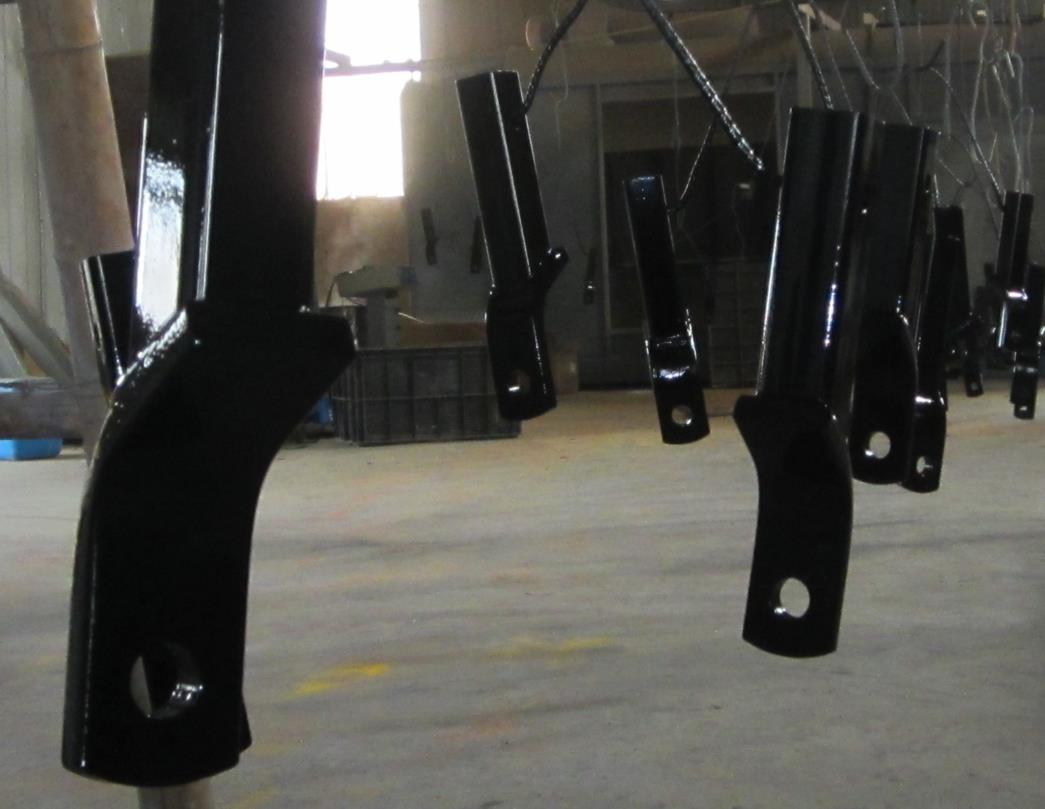
Tow bar hitch Details
2" Drop Trailer hitch ball Mount
Dependable strength: This Trailer Ball Mount is constructed from high-strength steel and is rated to tow up to 6000 lbs gross trailer weight
Versatile Use: This ball mount hitch comes with a 2-inch x 2-inch shank to fit virtually any industry-standard 2-inch receiver. The hitch ball mount also has a 2-inch drop and 2-inch rise to promote level towing
Ready to tow: Hitching up your trailer is easy with this 2-inch ball mount. It features a 1-inch hole to accept a trailer hitch ball with a 1-inch diameter shank (Trailer Ball sold separately)
Corrosion-resistant: For long-lasting use, this tow ball mount is protected with a durable black powder coat finish, easily resisting damage from rain, dirt, snow, road salt and other corrosive threats
Easy to install: To install this class 4 hitch ball mount on your vehicle, simply insert the shank into your vehicle's 2-inch hitch receiver. The square shank makes installation easy. Then, secure the shank with a hitch pin (sold separately)
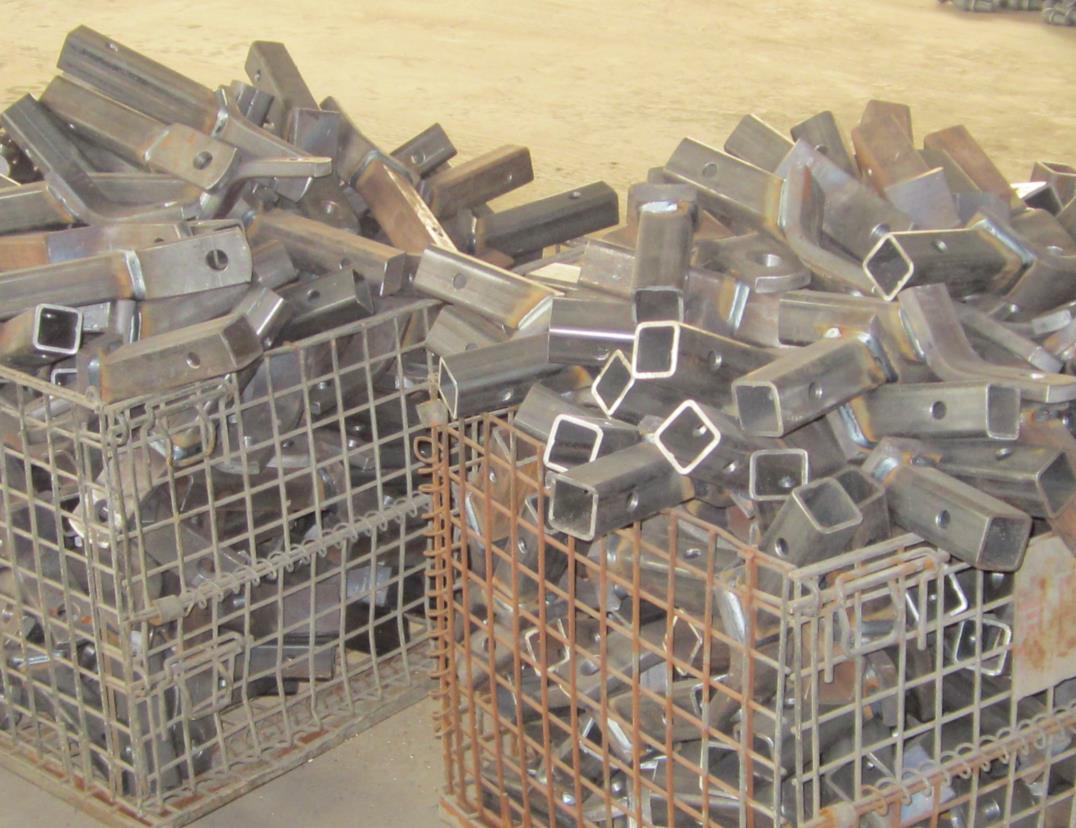
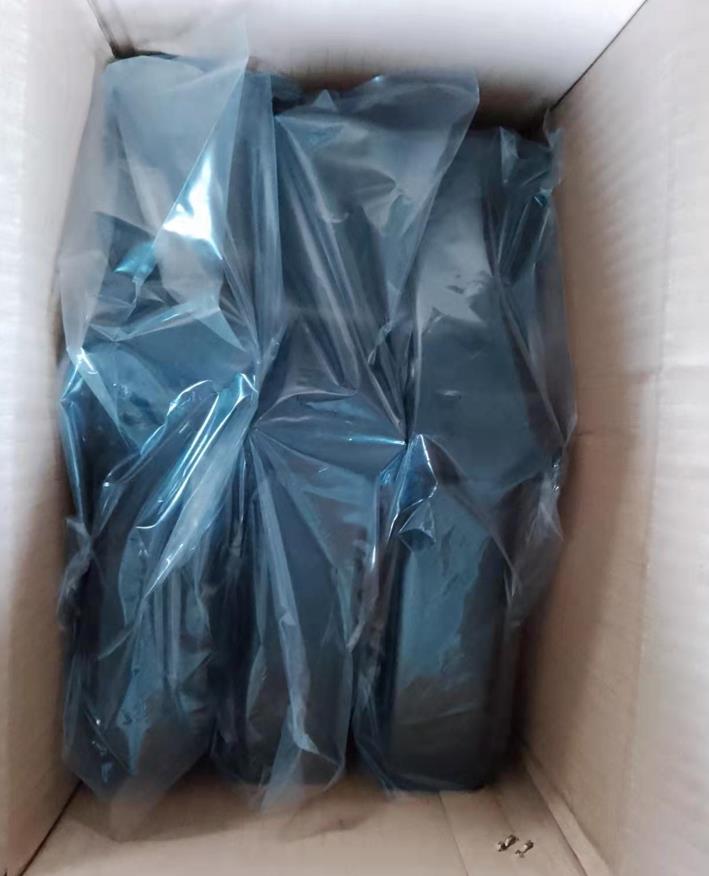
Product Package
6 pieces per box, each one put in a seperate plastic bag
Product Application
A tow bar hitch is used to tow a vehicle behind another vehicle, such as a RV, or motorhome. They are typically mounted to the front bumper of the towed vehicle and then connected to the hitch on the towing vehicle. The tow bar hitch allows for an easier and more stable towing experience, as it connects directly to the chassis of the vehicle being towed. Before attaching a tow bar hitch, it is important to make sure both vehicles are compatible and that the towed vehicle's brakes are working properly. Also, be sure to follow all safety guidelines and local laws regarding towing.
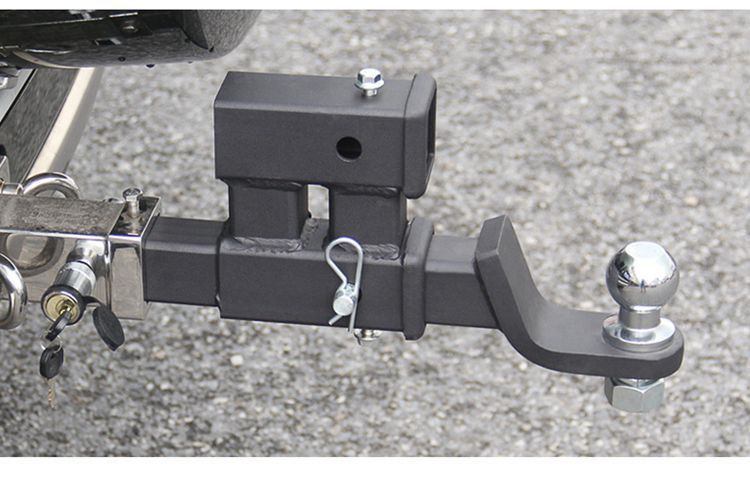
Production Process
The manufacturing process for a tow bar hitch typically involves the following steps:
1. Design and prototyping: The tow bar hitch is designed by engineers and a prototype is created to test its fit and functionality.
2. Material selection and cutting: The materials are selected based on the design specifications and then cut to the appropriate size and shape.
3. Welding: The pieces of the hitch are welded together using specialized welding techniques, such as MIG or TIG welding.
4. Surface treatment: The hitch is then treated to protect it from corrosion and to improve its appearance. This may involve sandblasting, powder coating or electroplating.
5. Quality control: The finished tow bar hitch undergoes rigorous quality control checks to ensure that it meets industry standards and is safe for use.
Packaging and distribution: Once the hitch has been tested, packaged and labeled, it is then distributed to retailers or directly to consume
